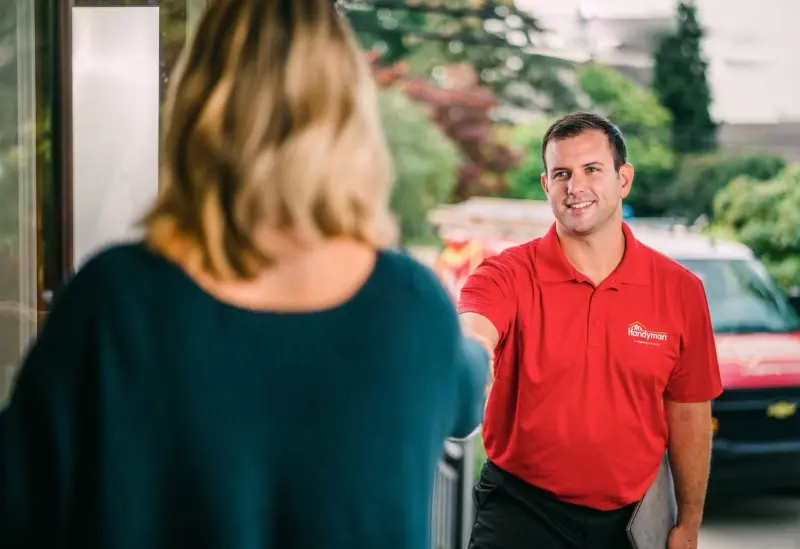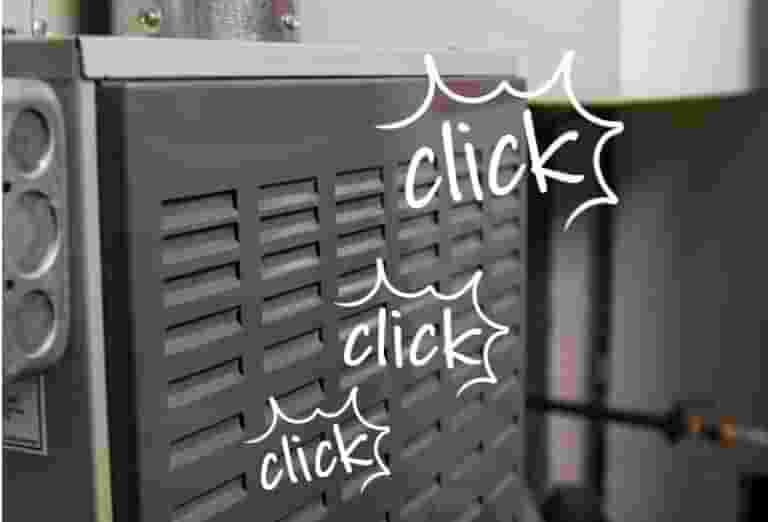Where Should There Be Caulk in My Home?
Caulk is a sealant that is primarily used to fill in small gaps, preventing water and air from flowing where it isn’t wanted. In some spaces, like kitchen countertops, caulk prevents water from getting into crevices, where it can cause rot, mold, or mildew. In other places, like around doors and windows, caulking can prevent drafts that cause your HVAC system to work harder than it needs. Over time, caulk can become cracked, chipped, or otherwise damaged. In those cases, Mr. Handyman of Princeton and Robbinsville can remove the caulk with special caulk remover tools and apply fresh caulking in its place. Some of the places we apply caulk include the following:
- Windows – You may not be able to see gaps around your windows, but if they don’t have to caulk around them, they are likely leaking air into your home. By sealing all gaps around your windows with caulk, you can effectively reduce your monthly energy bill. Our team uses industry-standard techniques to ensure that every window is airtight.
- Doors – Just like windows, doors often have tiny gaps that allow air to seep inside your home. Doors with gaps like this are also more susceptible to rainwater getting in those crevices, where it can cause water damage. The most effective way to boost energy efficiency and prevent water damage is by caulking the gaps around your exterior doors.
- Bathrooms – Bathrooms Bathrooms battle moisture more than any other room in the home. We strongly recommend homeowners seal all gaps around their bathtubs, sinks, vanities, and any other place that could trap water and lead to rot, mold, or mildew growth.
- Kitchens – Kitchen countertops are sealed because it makes them look better and protects your walls from splashes that may dribble down between your counter and wall. Caulking these areas around your kitchen can prevent larger, costlier repairs in the future.
Which Type of Caulk Is Best to Use?
It can be tempting to pick up a caulking tool from your local hardware store and try to fill in the gaps around your home by yourself. Most experts warn against doing this. Using the wrong type of caulk or misapplying it can lead to damage and ineffective results. At Mr. Handyman of Princeton and Robbinsville, we will work with you and help you understand which type of caulk is best to use in each area of your home. Some of the most common types of caulk that we use include the following:
- Latex – One of the most frequently used types of caulk, latex is easy to apply and durable when used in the right locations. Latex caulk is ideal for areas that will be painted, but it is not suited well for places that will be exposed to harsh sunlight.
- Silicone – Silicone is one of the most durable caulking options, but many types of silicone caulk can’t be painted. The high rigidity of silicone caulk also makes it difficult to apply. So, it’s crucial to use professional handymen when installing this type of caulking.
- Exterior – Exterior caulk is especially moisture resistant and designed to stand up to UV exposure without cracking.
Schedule a Caulking Appointment Today!
The team at Mr. Handyman of Princeton and Robbinsville has worked hard for years to earn the trust and respect of the Princeton and Robbinsville community. We operate differently than the big names and national lead aggregators. We provide a personal touch. Our local caulking specialists will remain in constant contact with you, explaining every step of the process and answering questions along the way. We are happy to keep in touch in whatever way you prefer, whether that’s via text message, email, or phone. Schedule your caulking appointment now!
Mr. Handyman of Princeton and Robbinsville proudly serves Belle Mead, Ewing, Blawenburg, Hamilton, Hopewell, Kingston, Lawrence Township, Montgomery, Pennington, Princeton, Princeton Junction, Robbinsville, Rocky Hill, Skillman, Titusville, West Windsor.
 Click to call
Click to call



